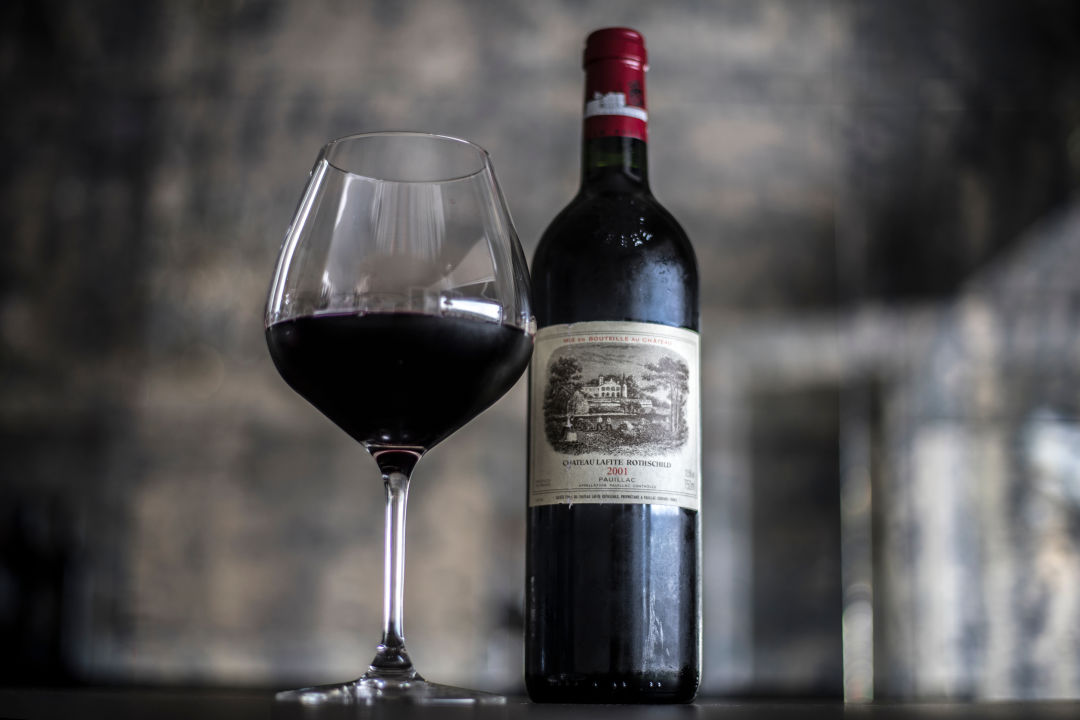Want to Invest in Wine? Here Are Some Tips on How to Get Started

A bottle of wine from Chateau Lafite Rothschild, one of the varieties most sought after by wine collectors.
Image: Shutterstock
Collecting fine and rare wines is like collecting prestigious art. The entry cost is high, the value of your investment will fluctuate and there are numerous pitfalls. But for the serious wine lover, collecting can be a wonderful experience.
The value of a painting rests on its rarity and pedigree. The same holds true of wine. While there are hundreds of recognized artists, there are fewer than 50 wines that qualify as rare or valuable.
Both fine art and wine are illiquid (no pun intended), meaning they cannot be sold quickly. In order to sell, one needs to engage an established wine auction house where the wine is bid on, and sellers’ and buyers’ premiums may apply. Zachys is the preeminent American house at this time.
Prices of rare wine vary greatly, depending on the vintage and the amount of cases produced. Obviously, the smaller the production, the greater the value. This is a particularly good time for Burgundy sales. Recently, 12 bottles of 2005 Domaine Romanée-Conti sold for $248,000—that’s over $20,000 per bottle. For Bordeaux, an 1868 bottle of Chateau Lafite Rothschild, plus dinner at the chateaux, sold for $123,000. The top American wine is Screaming Eagle cabernet sauvignon, selling at over $3,000 per bottle.
Unfortunately, the rare wine market is burdened with fraud. Rudy Kiernawan, a noted Indonesian collector, is in prison for a massive wine scam. Another collector, Hardy Rodenstock, allegedly duped Michael Broadbent, the most prestigious wine auction judge in Europe, over wine Rodenstock claimed was once owned by Thomas Jefferson. (Broadbent's son, Bartholomew Broadbent, says that his father, who died earlier this year, always maintained that the wine in question was genuine and that "there is no proof that the Jefferson bottle which he auctioned at Christie's in 1985 was not authentic.") William Koch, an energy executive, has sued Kiernawan and Rodenstock for allegedly selling him fraudulent wine. So, even if you are fortunate to acquire any of these wines and hope for gains, perform your due diligence. Fortunes have been lost in this arena.
According to Jeff Rubin of Sarasota's Vin Cella, provenance is the most important factor in achieving the most for your investment. How the wine was obtained and how it was stored are critical. I once helped clear a valuable private collection and dollars were deducted by the buyer for moldy labels and excess ullage (the term for empty space between the wine and cork). There are credible local wine merchants such as Michaels Wine Cellar and Seagrape, which can substantiate rare wine, and excellent storage facilities in Vin Cella and Cellar Fifty-Five.
Should you decide to pursue wine investing, an excellent way to begin is to attend a wine auction. Usually the cost of admission is just the price of the catalog. More importantly, you can taste the wines that will be auctioned. The cost is reasonable and where else will you have the opportunity to taste these wines?
Keep in mind it will take several years to see any serious price gains. The rare wine market has the same peaks and troughs as any investment. Selling is best in a bull market and buying is best in a bear. If you plan on consuming some of your treasures, consider how you will feel when drinking your $5,000 bottle of wine. Will it give you the pleasure you deserve, or a knot in your stomach?
Bob McGinn has spent his entire career in the wine industry—forming wine clubs, working in wine sales marketing and engaging in all facets of the winemaking process, including vine management, fermentation and yeast analysis. He has developed wine programs for companies such as Marriott, Sheraton and Smith & Wollensky, and consults with local restaurants. You can read more of McGinn’s work at gulfcoastwinejournal.com.